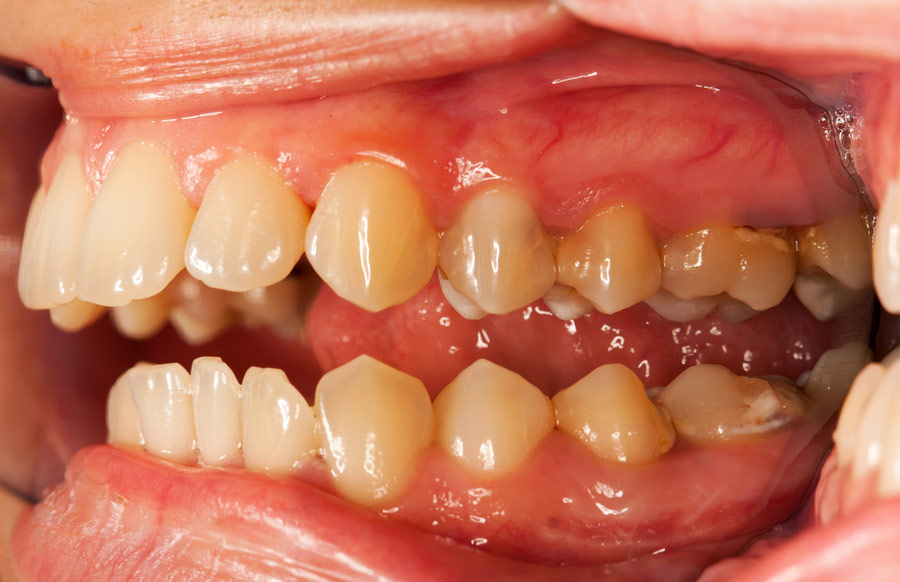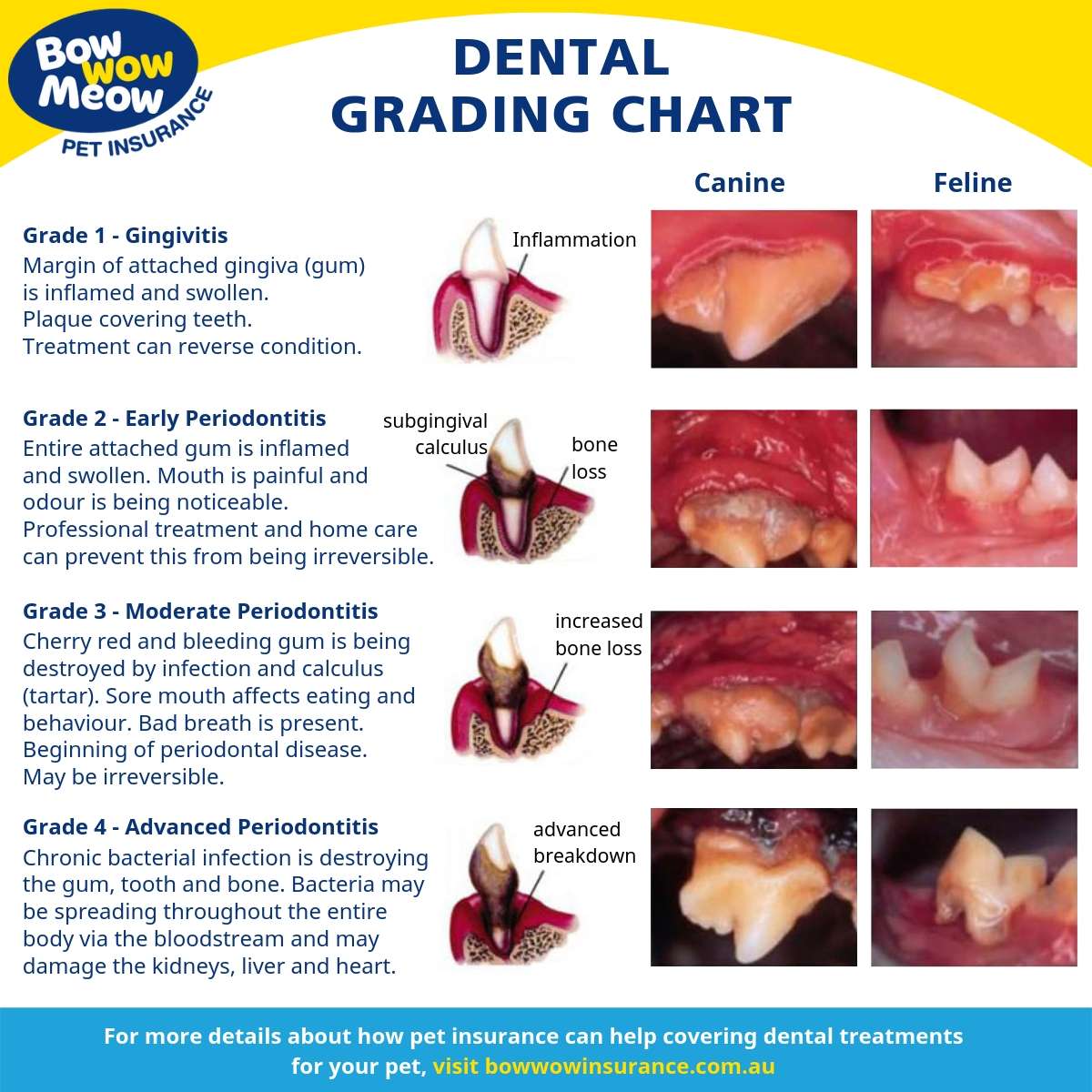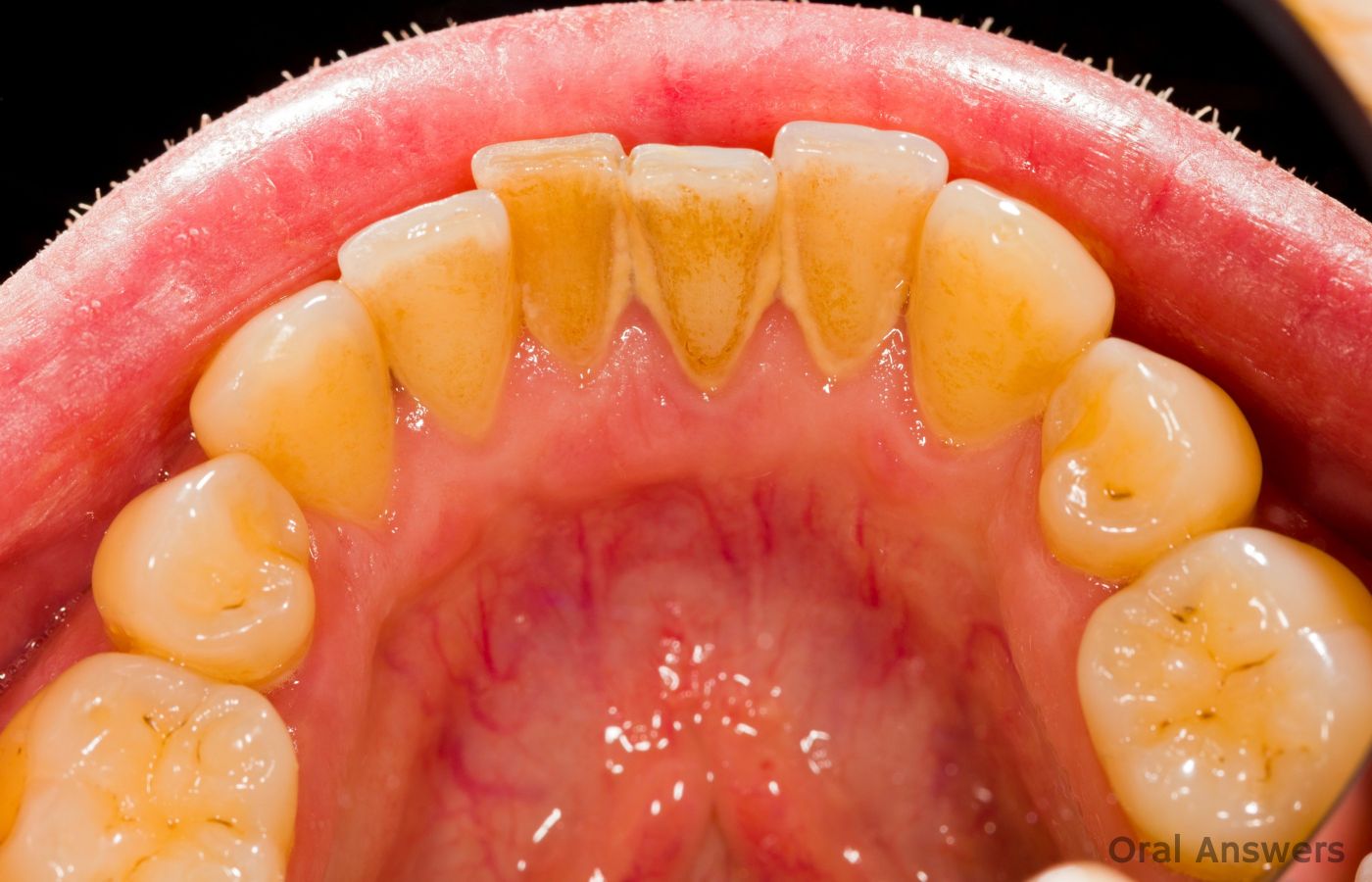

This condition is called ‘ tooth resorption ’ or ‘feline odontoclastic resorptive lesion’ (FORL). This is painful and can be difficult to treat once it occurs. They also get ‘neck lesions’ or cavities. Tooth ResorptionĬats also have a unique condition in which their teeth may become fused to the jawbone. This whole process is extremely uncomfortable, as teeth are very sensitive. Plaque and tartar spread down the tooth under the gum, where they will infect and loosen the attachments of the teeth, which is called ‘periodontitis’ or ‘periodontal disease’. As the plaque hardens and attracts food particles, it becomes a solid chalky substance called ‘tartar’. Bacterial colonies stuck to the surface of the teeth are called ‘plaque’. The mouth harbors a lot of bacteria and these feed on food material and stick to the surfaces of teeth. What is dental disease in cats?Ĭats have a complex relationship with their mouths and their teeth, and there is a greater variety of potential issues inside a cat’s mouth compared to a dog or a person, for example. Fortunately, there are lots of interventions we can make both at home and in conjunction with our local veterinary clinics to help stave off this problem and ensure our cats are happy and healthy. In other words, dental disease in cats is very common, and all cats should have their mouths examined regularly for evidence of dental disease. How common is dental disease in cats?Īccording to the Cornell Feline Health Center, studies report that between 50 and 90% of cats older than four years of age suffer from some form of dental disease, and this study shows it is the most commonly diagnosed condition in cats in the UK. As responsible cat owners, we must care for our cats’ mouths just as we care for the rest of them. For this reason, cats can develop quite severe dental problems without ever giving any clues that they are suffering. Cats are very tough little creatures and given the choice between eating and starving, they will most often choose eating, no matter how much pain and discomfort it causes them.

This should be done by a dental hygienist.Ĭalculus bridges are just as common as other types of dental bridges however, some myths about them should be debunked.You may have heard of dog dental disease, but how often have you considered your cat’s dental health? Mouth health and dental health are vitally important to our cats and their wellbeing, just as they are for us and for dogs. If possible, visit your dentist for a cleaning every six months to remove plaque and tartar-both factors in calculus formation-before they harden into calculus.To further minimize calculus buildup, use an anti calculus toothpaste containing triclosan or sodium pyrophosphate.This can help prevent calculus from building up. When you brush your teeth twice a day (and don’t forget to floss), it helps to dislodge food that can settle on your teeth.

Calculus buildup on cats teeth professional#
Sometimes it may be necessary to drill into your tooth to get all of the calculus bridge off once your dental professional has removed what they can reach on their own, they might need to access areas that aren’t visible from the outside of your mouth. Once you’ve done everything you can at home, seek out a dentist appointment as soon as possible-they can get it off quickly and easily while ensuring that your teeth don’t become even more damaged in the process.Be sure not to brush too hard with these products as they can damage your teeth if used incorrectly. First, try whitening toothpaste or an at-home whitening kit to try to remove some of it.If left untreated, calculus can cause periodontal (gum) disease which will, in turn, cause bone loss around your teeth.

Subgingival calculus formation and chemical dissolutionĭental calculus (also called tartar or dental plaque) is a mineralized biofilm on tooth surfaces formed by bacterial interactions with saliva. You should also floss at least once per day to remove particles from between your teeth that are too small for you to reach with a toothbrush alone. The best way to prevent calculus build-up is by brushing twice daily with fluoride-based toothpaste (to strengthen your enamel) for two minutes each time you brush. It also leads to increased tooth sensitivity because calculus builds up under your enamel, which then causes your enamel to be thinner than normal and more susceptible to wear and tear. This makes calculus removal much more difficult than normal plaque removal. Because calculus is a large conglomeration of minerals and other substances that calcify on teeth over time, if it’s not removed regularly it can become quite hardened. These calculus Deposits on the teeth are, but not limited to :Ĭalculus buildup can lead to receding gums and gum infections, as well as increased tooth sensitivity.


 0 kommentar(er)
0 kommentar(er)
